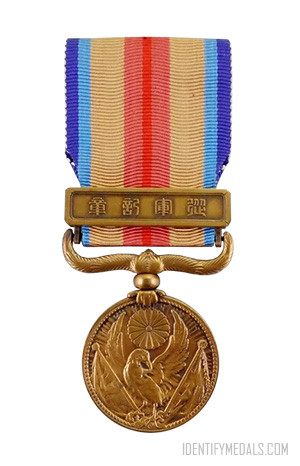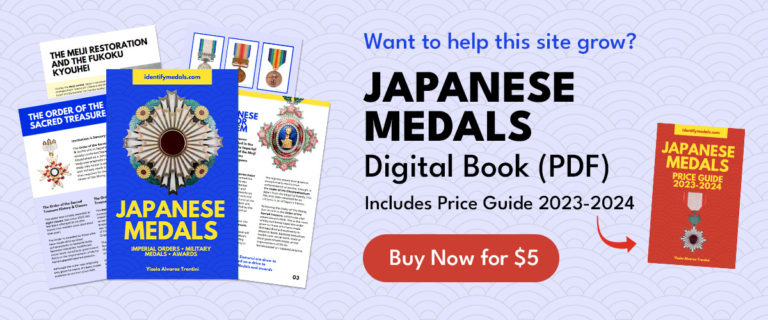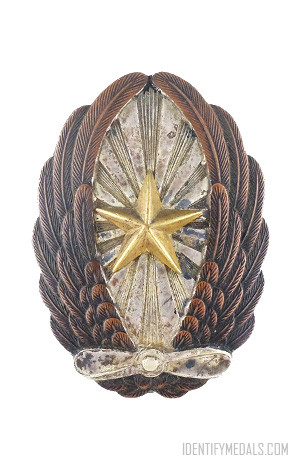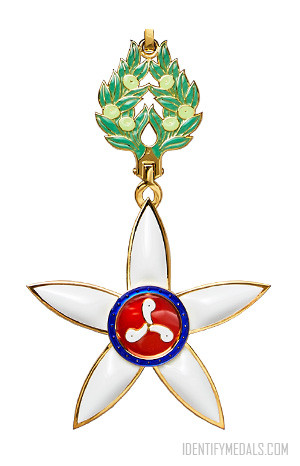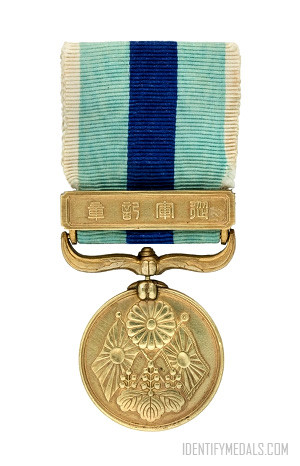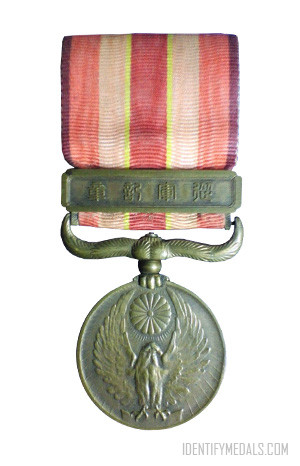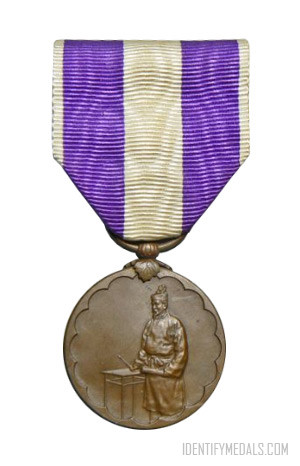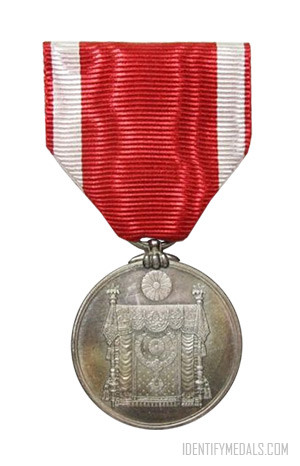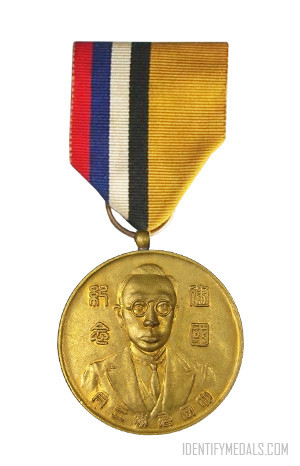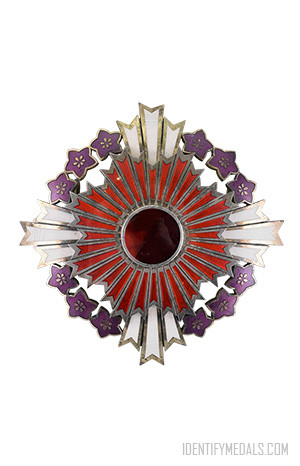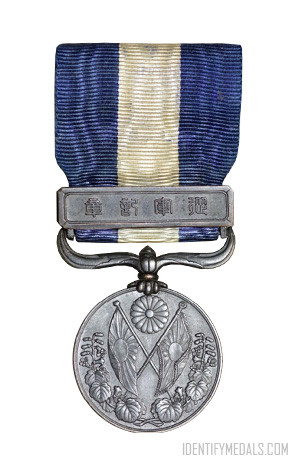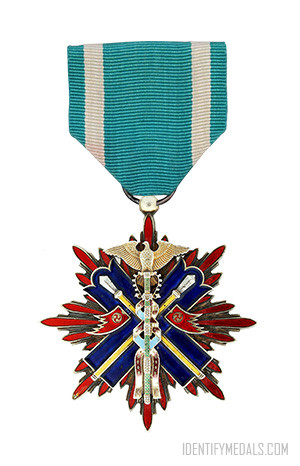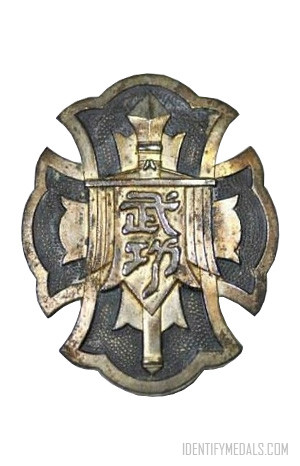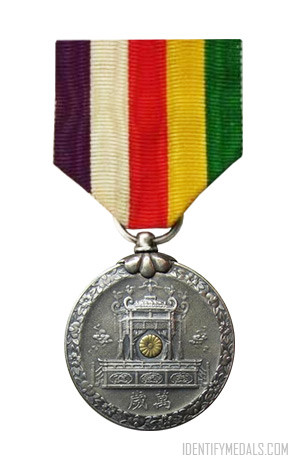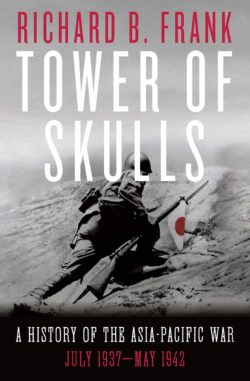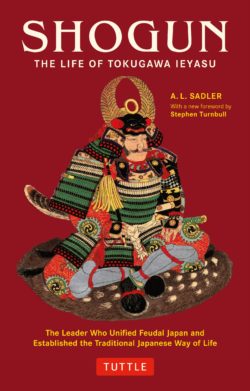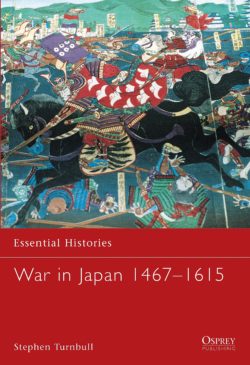The China Incident Medal (or 支那事変従軍記章, Sina jihen jūgun kishō) was established by Imperial Edit No. 496 on July 27, 1939 and awarded for service in China at any time from the 12th through the 20th years of the Shōwa period (1937–1945).
An amendment was promulgated by Imperial Edict No. 418 in 1944, and the decoration was abolished in 1946 by government ordinance No. 177. Although the Japanese government still uses “China Incident” in formal documents, media in Japan often paraphrase it with other expressions like Japan-China Incident (日華事変, Nikka jihen) or (日支事変, Nisshi jihen).
This medal is one of the most commonly found Japanese awards. Millions were made for those who served.
The China Incident Medal Design
The medal is struck in bronze and has a swivel grip.
The obverse shows crossed flags, the imperial mum crest, and a crow. The reverse shows mountains, clouds, and waves, as well as the inscription ‘China Incident.’ The ribbon is 37mm wide, watered, of 3 mm blue (the
sea and the Navy), 7.5 mm tan (the soil of China, for the Army), 3.5 mm dark pink (the bloodstained soil of China), and 2 mm bright red (blood and loyalty).

